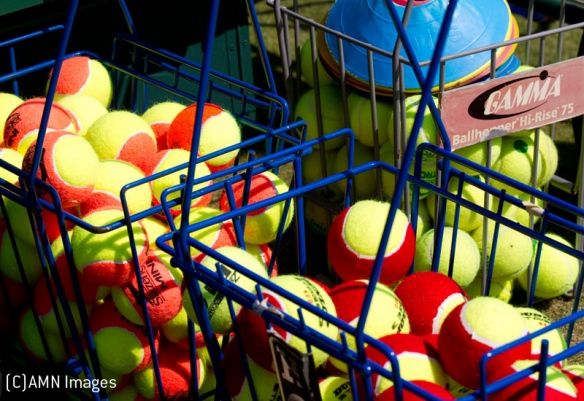On the opening day of the US Open, the US Tennis Industry Association held its annual summit in New York and unveiled its research about the state of the industry.
Although the total US tennis economy had grown 3.6% year on year to approximately £5.94 billion, other indicators continued to highlight a number of challenges faced by the industry.
The most notable challenge is the declining equipment market. Between 2008 and 2015, racket sales were down by 44 per cent. The decline is attributed in part to the frequency with which players change their rackets. Seven years ago a player changed their racket on average once every 3.7 years, but in 2015 that happened only every 6.4 years.
Given the ageing tennis playing population this is not difficult to understand. The older and wealthier American has had their average income cut since the global financial crisis of 2008, added to the fact that generally speaking older people tend to spend less money. One in five core tennis players is over the age of 55 and 60% of coaches are over 50 years old. Attracting younger people to the sport continues to be challenging. The so-called millennials (those born between 1980 and 2000) are much less likely to commit to a single sport. They spend less money on products in general and more money on experiences. The ageing tennis-playing population and the subsequent squeeze on their income, coupled with the challenges of attracting younger people to the sport, has had a big impact on the market.
The total number of tennis players in the USA increased marginally (up by 0.3%) to just under 18 million in 2015. However, there was a modest decline in youth participation, which fell by 1.1% for players aged 6-12 and 5.5% among 13–17 year olds. Core youth participation went up 5% (core players defined as those who play ten or more times a year). This suggests that the overall drop in younger players may be attributed to fewer casual and occasional players taking to court in 2015.
Despite this, it is interesting to note that amongst some of the big participation sports like soccer, volleyball, racketball and basketball, tennis is the only sport to show an increase in participation in the USA over the past eight years.
US market statistics include commercial income of professional events, a revenue stream which was up by an estimated 3%. There was a 2% increase in attendance and a 3% increase in spectator spending from $948 million to an estimated $977 million.
The US TIA concludes that the declining equipment market, changing consumer behaviour and participation trends towards casual play, alongside an ageing player and coaching base are challenges the market faces. Added to this, the disruption created by online retailers like Amazon is changing the way the market operates.
However, with 15 million people who say they are interested in playing tennis and a further 13 million who consider themselves players but they have not played for a year, the US TIA says there are still opportunities to grow the market, if the sport can make itself attractive to younger players.
| Total Tennis Economy | $5.94 billion |
| Total participation | 17.96 million |
| 9.96 million |
| 2.11 million |
| 2.11 million |
| 1.82 million |
| Manufacturer year end wholesale shipments (units) | |
| 2.78 million |
| 3.15 million |
| 129.6 million |
| 5.61 million |
